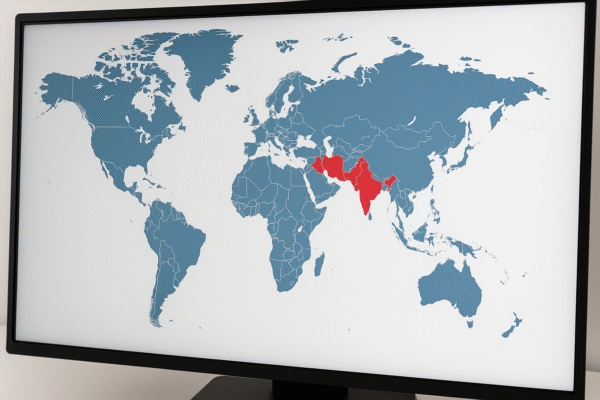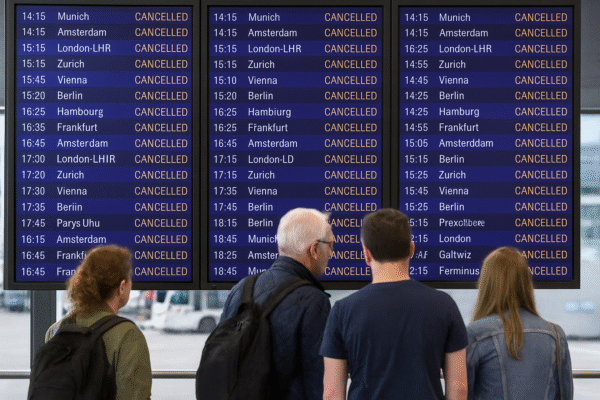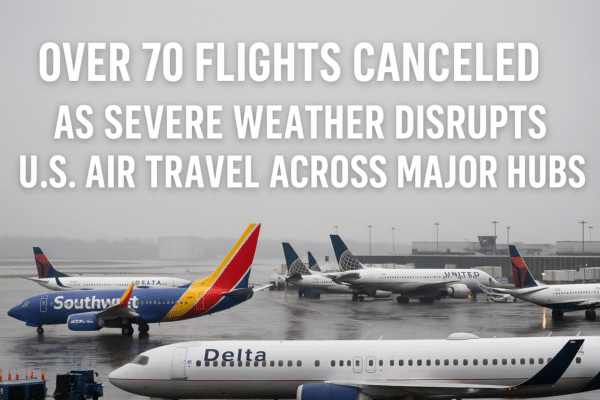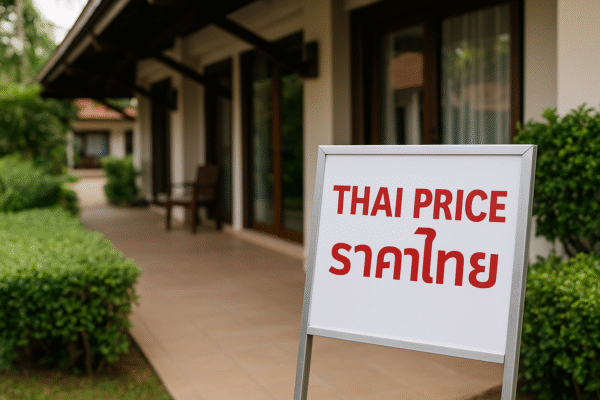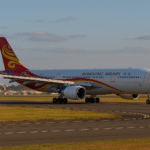As Thailand’s tourism sector continues its post-pandemic recovery, a government-backed travel initiative launched to stimulate domestic travel has hit a stumbling block. The “Travel Thailand Half-Half” program, introduced on July 1, 2025, aimed to subsidize 40–50% of hotel bookings for Thai nationals. But after facing technical issues, low sign-ups, and logistical flaws, many hotel operators are abandoning the scheme in favor of more user-friendly, direct-to-consumer “Thai Price” promotions.
A Bumpy Start for Government Travel Stimulus
Designed to run from July to October 2025, the “Travel Thailand Half-Half” program was meant to revive sluggish domestic travel by offering heavily subsidized hotel stays. Instead, it has been marred by registration difficulties, booking failures, and a cash-only payment requirement, discouraging both travelers and accommodation providers.
Hotel operators, especially those in high-traffic areas like Pattaya, Koh Samui, and Rayong, cite frequent website crashes and a confusing payment process as reasons for withdrawing from the scheme. Travelers, too, have expressed frustration. The inability to use credit cards, combined with a lack of clear instructions from the Tourism Authority of Thailand (TAT), has resulted in thousands of unused subsidies.
Many hoteliers also worry about reimbursement delays, fearing they may not be compensated for bookings made under the program due to poor system transparency. The TAT’s internal limitations have done little to alleviate these concerns.
Budget Constraints and Limited Reach
The program’s effectiveness is further hampered by its limited monthly budget—approximately 300 to 400 million baht. Given the scale of Thailand’s domestic tourism market, these funds are inadequate to support widespread participation, particularly for medium- and large-sized properties trying to break even.
By mid-July, only 50% of the available 500,000 travel entitlements had been claimed, prompting officials to urge Thai citizens to take advantage before the funds expire. However, the appeal appears to be falling flat as hoteliers and travelers alike turn to alternative solutions.
Rise of “Thai Price” Direct Promotions
Hotels across Thailand are now shifting away from reliance on government programs and promoting direct booking incentives under the “Thai Price” banner. This strategy offers clear pricing, no red tape, and better communication between the hotel and the guest.
In destinations such as Khao Yai, Phetchaburi, and Nakhon Ratchasima, these direct deals have been especially well-received. Although marginally more expensive than the subsidized government rates, Thai Price offers more flexibility and reduces the friction caused by unreliable systems. Hoteliers report that even a few hundred baht difference is acceptable to Thai travelers when ease of booking and payment are prioritized.
Shift in Traveler Behavior: Digital Booking Dominates
A significant hurdle for government-run platforms is the shift in consumer preference toward digital travel apps like Agoda, Booking.com, and Traveloka. These third-party platforms dominate with 70–80% of total bookings, thanks to seamless interfaces, reliable payment options, and competitive rates.
Travelers increasingly choose value and simplicity over bureaucracy, with many preferring loyalty points and bundled deals offered by these platforms. Even 500-baht government coupons aren’t enough to lure them back to the glitch-prone “Half-Half” system.
Select Destinations Show Uptake
Despite its struggles, the program has performed relatively well in a few popular domestic destinations. According to the TAT’s July 19 update, the top five provinces by booking volume are:
- Chonburi (Pattaya)
- Prachuap Khiri Khan (Hua Hin)
- Phetchaburi
- Nakhon Ratchasima (Korat)
- Chiang Mai
While this data reflects some public interest, uptake remains limited overall. Most bookings come from repeat travelers or budget-conscious families, not the broader tourism market the scheme hoped to reach.
Government’s Plan to Regain Trust
Recognizing the program’s underperformance, Tourism and Sports Minister Sorawong Thienthong has pledged system overhauls and simplified registration to improve participation. Future updates are expected to allow digital payments and streamline the booking experience.
The government is also preparing to launch new domestic and international marketing campaigns, including:
- Promotions at the Chiang Mai–Lamphun Night Market
- Collaborations with major online travel agencies (OTAs)
- Celebrity-endorsed media campaigns
- Cross-border regional tourism agreements with ASEAN nations
According to a Ministry of Tourism press release, the total combined tourism stimulus budget for upcoming quarters will reach 3.96 billion baht, including both domestic and inbound tourism promotion.
Thailand’s Tourism Future Hinges on Flexibility
The faltering rollout of the “Travel Thailand Half-Half” program is a lesson in the importance of digital transformation and user-first tourism policy. With modern travelers demanding speed, transparency, and convenience, future initiatives must embrace technology and eliminate friction.
For Thailand’s tourism sector to thrive, public-private cooperation is essential. Government subsidies must work in tandem with the platforms travelers already use and must offer a competitive experience. As “Thai Price” promotions gain momentum, they reflect the industry’s growing preference for decentralization and direct engagement with the domestic market.
As Thailand prepares for high season travel in late 2025, the focus must now shift toward long-term digital upgrades, resilient policy frameworks, and customer-centric solutions that reflect modern traveler expectations.
For more travel news like this, keep reading Global Travel Wire







